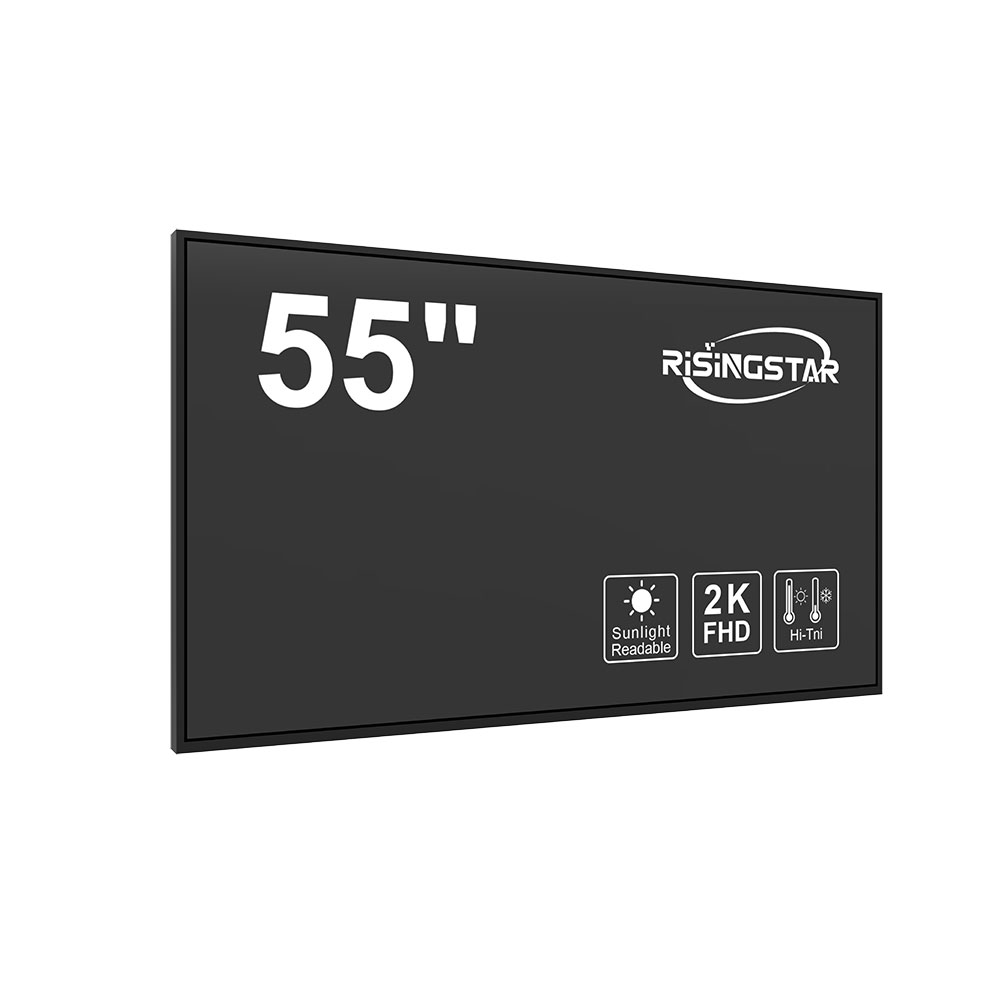In today’s increasingly connected world, outdoor digital signage, industrial control systems, and automotive dashboards demand display solutions that remain visible under extreme lighting conditions. Sunlight-readable high-brightness LCD displays have become the gold standard for applications where visibility in direct sunlight is critical. These specialized screens are engineered to overcome ambient light interference, ensuring consistent image clarity and user interaction even at full sun intensity.
The core challenge lies in brightness—standard LCDs often fail to achieve sufficient luminance in outdoor environments. While typical indoor displays offer 200–300 cd/m², sunlight-readable displays must exceed 1500 cd/m², with premium models reaching up to 5000 cd/m². This enhanced brightness is achieved through advanced backlighting technologies such as LED arrays with optimized optical films, polarizers, and anti-reflective coatings. For instance, the MIL-STD-810G-certified displays used in military vehicles and field equipment meet these requirements while maintaining ruggedness and wide temperature tolerance (-30°C to +70°C).

Manufacturers like LG Display, Sharp, and AU Optronics have developed proprietary technologies such as “Super Brightness” and “High-Contrast Enhancement” to improve performance. These innovations involve not only hardware enhancements but also intelligent software calibration. Some systems use ambient light sensors to dynamically adjust brightness levels—reducing power consumption when sunlight intensity drops while preserving visibility during peak hours.

Moreover, modern sunlight-readable LCDs integrate features like wide viewing angles (up to 178°), high contrast ratios (>1000:1), and low-power consumption modes ideal for solar-powered installations. In transportation, such displays enable real-time navigation on bus stop panels or in aircraft cockpits. In retail, they support vibrant outdoor kiosks and advertising boards that maintain color accuracy and readability throughout the day.
Industry standards such as IEC 60068-2-1 and ISO 16750-3 further define environmental resilience, ensuring durability against humidity, vibration, and thermal shock. As global markets expand into regions with intense solar exposure—from deserts in the Middle East to tropical Southeast Asia—the demand for reliable, high-brightness LCDs continues to rise. Companies investing in this technology gain a competitive edge by delivering clearer communication, improved safety, and longer device lifespans in harsh environments.
Conclusion: Sunlight-readable high-brightness LCD displays are no longer optional—they are essential for any outdoor-facing application. With continuous innovation in materials science, optical engineering, and smart power management, these screens now offer unprecedented reliability, efficiency, and visual quality. Whether in defense, transportation, or consumer electronics, their role in enabling human-machine interaction under direct sunlight remains unmatched.







